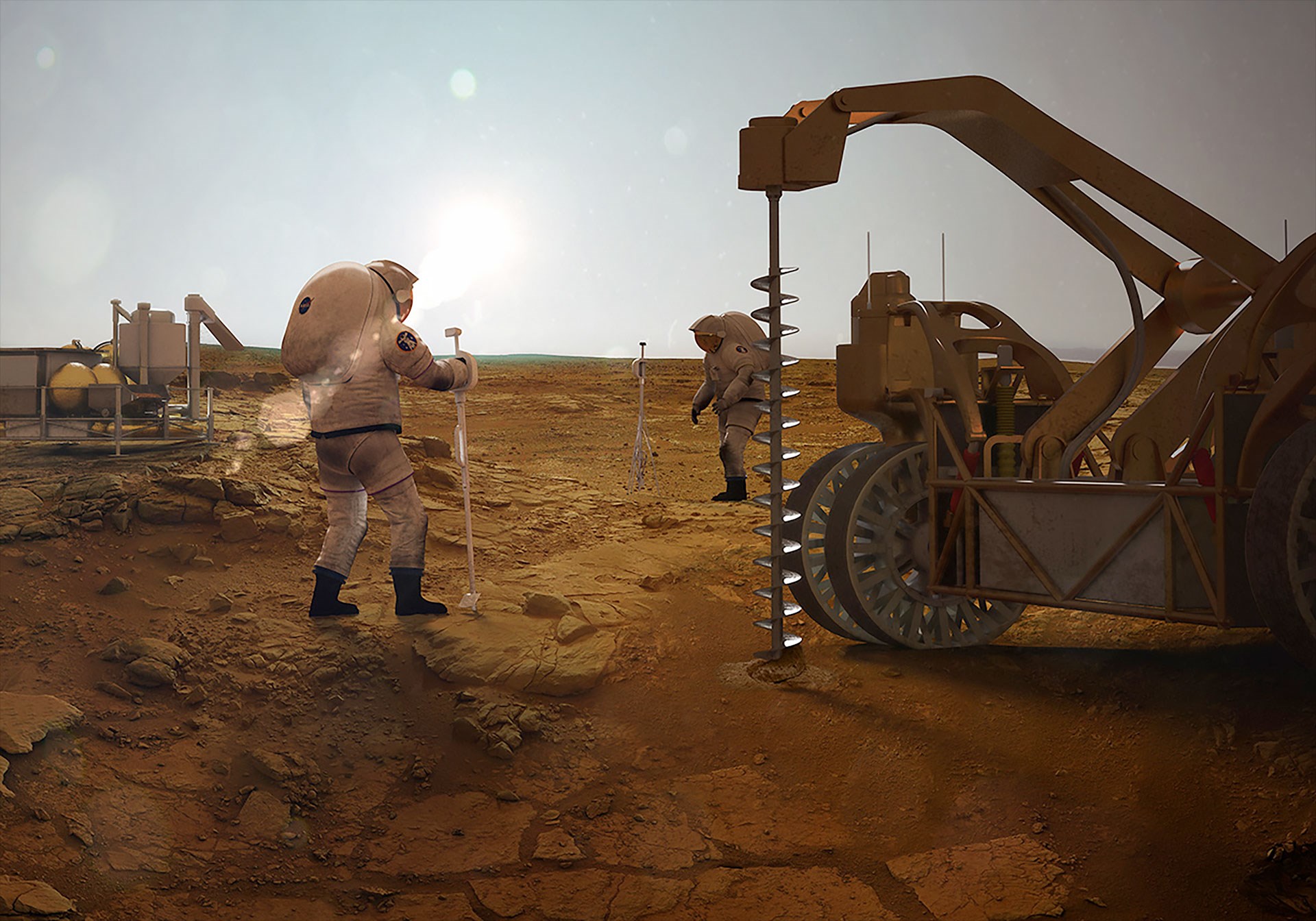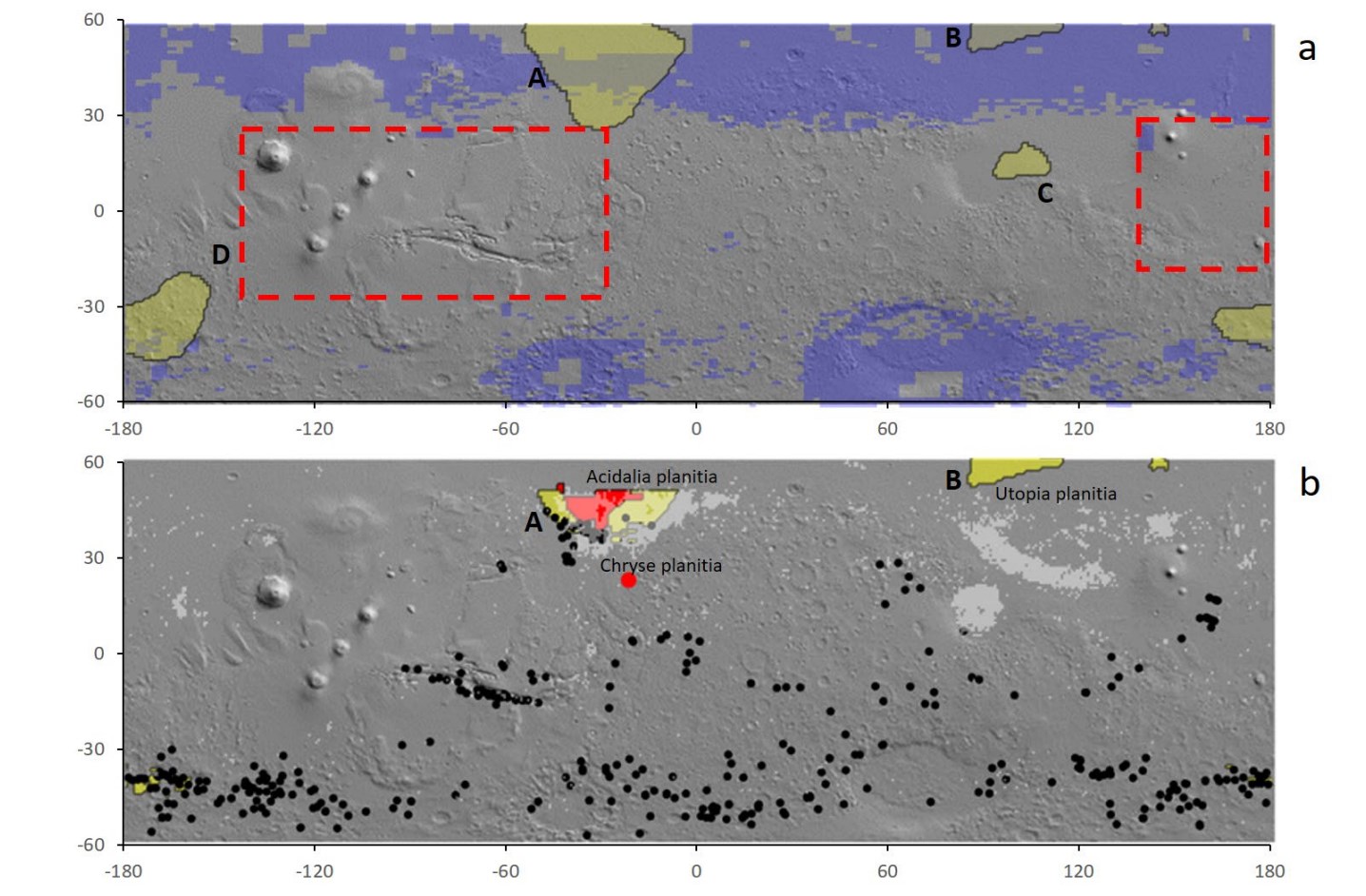See Full Size
Especially on Mars discovery of methane gasstarted a huge debate in the scientific world. While seasonal changes in methane gas have been observed on the surface, orbiting satellite data found no significant traces of the molecule. To explain this situation, some scientists suggested that there may be traces of a certain life form on Mars.
On the other hand, the general environment of Mars does not seem very suitable for hosting life. Surface temperatures are often well below freezing, the atmosphere is almost non-existent, and the planet is constantly bombarded with the lethal impact of cosmic and solar rays. So even though ancient Mars may have once had oceans and warmer climates, we’re unlikely to find any life on or near the surface of Mars now.
See Full Size
In a recently published study, researchers looked for methane-producing microorganisms in Mars-like environments on Earth. In the study, investigating the possibility of finding life under Mars-like conditions, scientists examined three main habitat types on Earth: microscopic cracks in the Earth’s deep crust, freshwater lakes beneath glaciers or polar ice sheets, and oxygen-free, high-saline deep-sea trenches. It is thought that under these conditions, methane-producing microorganisms can survive.
Found where life might be on Mars
See Full Size
scientists, Acidalia Plainia identified the region as the most promising place for the search for life on Mars. This region is in the northern hemisphere of Mars It is known as a wide plain and there are some traces of liquid water here. However, liquid water At depths of 4.3 to 8.8 kilometers It is stated that it may be possible. Research shows that the temperature, salinity, pH and hydrogen availability in this region are closest to the conditions under which methane-producing microorganisms thrive on Earth.
Source
https://www.space.com/space-exploration/search-for-life/we-finally-know-where-to-look-for-life-on-mars
https://arxiv.org/pdf/2411.15064
This news our mobile application Download using
You can read it whenever you want (even offline):





